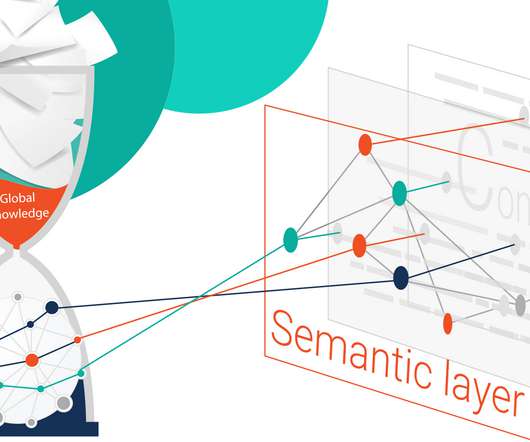6 Spectacular Reasons You Must Master the Data Sciences in 2020
Smart Data Collective
MARCH 17, 2020
The concept of data science was first introduced in 2001, but it started gaining popularity in 2010. The insights extracted from data are presented to a human in a friendly form, or a computer program uses it to make decisions without any hardcoded instructions. Sexiest Job of 21 st Century.













Let's personalize your content